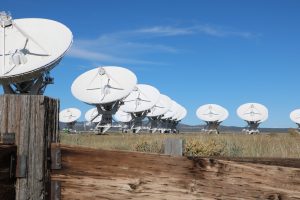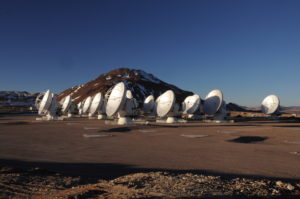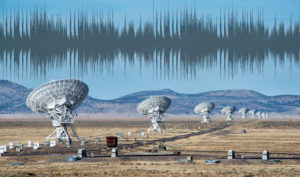Regarding your first question, yes, a radio telescope makes measurements of a specific position in the sky. The size…
Select :
asteroid collisionasteroidsastronomical distance scalesatomsbig bangblack holesbright lights in the skybrown dwarfcareerscelestial eventschecker cabscometsconstellationscosmic distancescosmic microwave backgroundcosmic rayscosmologydark energydark matterdwarf planeteartheclipseeclipticeducationexoplanetsexpansion of the universegalaxiesgeneral relativitygravitational lensgravity wavesGreat Red SpotHoaxesHubble Space Telescope (HST)Interferometerinterferometryinterstellar moleculesionosphereJupitermagnetarsmarsmeteorsMH370milky wayMilky Way Galaxymoleculesmoonmoonsneutron starneutron starsNibirunight skyparallaxphysicsplanetsplutoproperties of lightPtolemypulsarsquasarsradar astronomyRadio Astronomyradio frequency interferenceradio interferometersradio recombination line emissionRadio TelescopeSatellite DishSchwarzschild Radiusscientific methodsearch for extraterrestrial intelligenceSETIsolar systemspace probesspacecraftstar formationstarssunsupernovasupernova remnantssupernovaetelescopestime dilationTrans Neptunian Objectstwin paradoxunexplained celestial observationsVenusVery Large ArrayVery Long Baseline Array (VLBA)Voyager 1weather


What Support Personnel are Required to Operate the Very Large Array?
Yes, indeed the Very Large Array site employs a wide range of engineers, technicians, telescope operators, and other support…

How Does the Physical Size of the Antennas in a Radio Interferometer Affect its Sensitivity?
This question is closely related to a question that we have answered previously about how a radio telescope interferometer…

Are There Space-Based Radio Telescopes?
There have been a few radio telescopes launched into space over the years, most with the purpose of linking…
How Close to a Plane are the VLA Antennas?
Question: I assume that if the VLA antenna mounts are in a mathematical plane it would be easier to…
Why Does the Very Large Array Have Different Antenna Configurations?
Question: On a tour of the VLA I learned of the 4 configurations, but I couldn’t get an answer…





